
5 in stock
€38,34
5 in stock
The hydraulic pressure exerted through the brake pedal pushes the wheel cylinders outwards via the brake line and brake hose. The wheel cylinders press the brake shoes against the brake drum, causing the vehicle to slow down.
To be able to bleed the braking system, a bleeder screw is installed on the wheel cylinder. It is protected against corrosion by means of a sealing cap.
How to recognize a faulty wheel cylinder?
A faulty wheel cylinder is usually recognizable by leakage of brake fluid, or by 1 or 2 pistons being stuck in the cylinder due to corrosion (rust). If caught in time, often only the dust boot is filled with brake fluid. If left too late and the entire inside of the brake drum is oily, it is advisable to also replace the brake lining. The brake lining absorbs the brake fluid like a sponge and will permanently affect braking performance negatively.
A drawback of the often fragile bleeder screws is that they may break off, in which case complete replacement of the wheel cylinder is the only solution.
| Weight | 457 g |
|---|
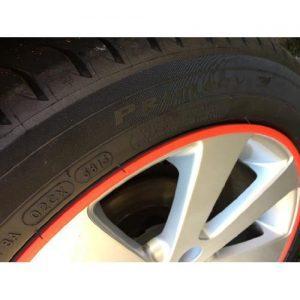
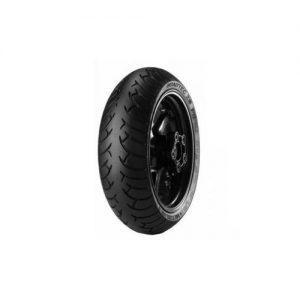
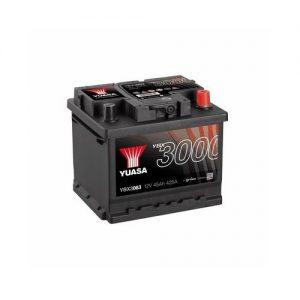
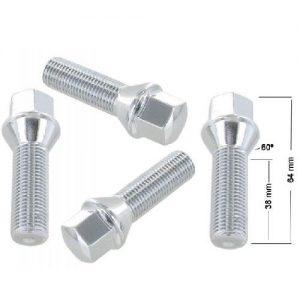
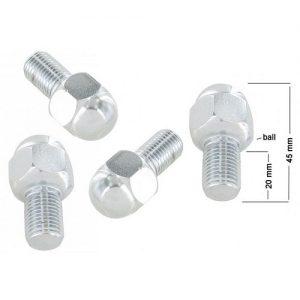
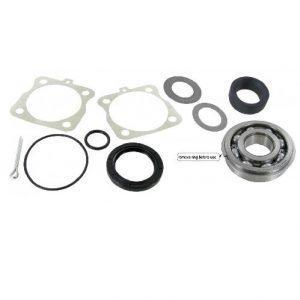
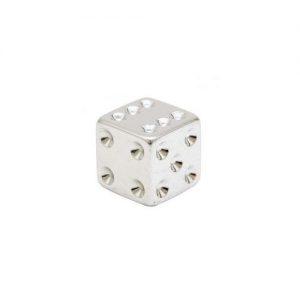
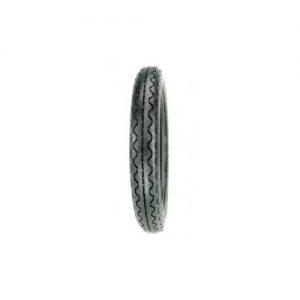







Trike webshop is onderdeel van Walinga Trikes.
Ontwerp en realisatie door SOMOGY
Reviews
There are no reviews yet.